I want partner-led growth without babysitting every tactic. I want time back, not another busy tool. That is where AI in partner enablement earns its keep. When AI handles the heavy, repetitive work and keeps people focused on revenue signals, my channel stops drifting and starts producing. Shorter ramp times, cleaner campaigns, real pipeline. Not months from now, but fast enough to notice within a quarter.
AI in partner enablement: Why agentic AI matters now
Agentic AI is the quiet engine behind outcome-first enablement. I am talking about autonomous agents that plan, act, and learn across partner motions while I stay focused on targets. The message that lands with partner leaders is simple: reduce time-to-value, lift partner-sourced pipeline, and cut coordination overhead.
A few hard truths make the timing obvious:
- SiriusDecisions (now Forrester) has long reported that 60-70% of B2B content goes unused by sales. I see the same in partner programs when campaign kits and decks sit idle.
- Buyers split attention across more channels and stakeholders, stretching already limited partner mindshare. Gartner notes that buyers spend roughly 17% of their total time meeting suppliers, often just a few points per vendor.
- Learning science shows attention drops fast during training. edX research found engagement falls sharply after roughly six minutes of video - exactly why long, generic partner courses stall.
Outcome-first means AI in partner enablement focuses on wins I can count: faster activation, higher certification completion, clearer attribution, improved deal velocity, and measurable partner-sourced pipeline. For a foundation that supports these motions, see PRM Software and Partner Sales Enablement.
The friction I have to remove first
Before solutions, I name the constraints that slow everything else. AI pays off fastest when it targets a few stubborn bottlenecks.
- Inconsistent experiences: Partners get different instructions by region, role, or tier. KPI impact: activation rate lags, certification completion stalls, and time-to-first-deal stretches.
- Manual ops load: Launches, approvals, localizations, and reporting rely on humans passing spreadsheets. KPI impact: delayed campaign starts and lower partner-led opportunity creation.
- Poor accountability: It is hard to tell who owns what, and harder to prove what moved revenue. KPI impact: weak linkage between training, marketing activity, and influenced pipeline.
- Weak signal on what drives revenue: Plenty of data, not enough clarity. KPI impact: content usage remains flat and win rates fail to budge.
Each problem compounds the others. I start by standardizing repeatable work and revealing the signals that matter.
Channel marketing bottlenecks I watch:
- MDF requests that linger without clear next steps. See context in The MDF Dilemma.
- Campaign launch timelines that stretch due to design, copy, and compliance ping-pong.
- Asset localization that depends on a small team and manual edits.
My goal is to compress these steps, standardize handoffs, and keep momentum across the channel marketing calendar.
Capabilities that move revenue
I bridge the gap from friction to outcomes by applying a few capabilities with direct revenue impact. AI in partner enablement does not win on fancy features. It wins when it speeds adoption, sharpens decisions, and keeps assets moving.

- Autonomous campaign assembly: Agents assemble co-branded kits, draft emails, and prep landing pages using approved content and partner data. Outcome: faster launches and higher MDF use. For execution at scale, see Easy co-selling & co-marketing solutions.
- Personalized learning and certification: Paths adapt by role, region, and product focus. Outcome: faster ramp and better demo quality. A structured approach starts with a solid Learning Management System (LMS).
- Predictive analytics for performance: Forecasts spot churn risk, next-best actions, and co-marketing pairs that close. Outcome: more accurate forecasts and higher partner win rates. Explore enabling AI solutions.
- Always-on assistants: Chat interfaces answer questions, schedule sessions, and route requests. Outcome: less coordinator time and happier partners. They should also handle FAQs like deal registration and concierge tasks aligned to 6 Steps to Boost Channel Partner Experiences.
Personalized learning in practice
- For a systems integrator: A micro-path that starts with discovery calls on multi-solution deals, hands-on labs for solution architecture, and co-selling playbooks for multi-stakeholder workshops. Assessments measure scoping skills and integration mapping.
- For a reseller: A micro-path that begins with product positioning and objection handling, short demos, quick-quote flows, and renewal playbooks. Assessments focus on qualification and demo confidence.
Why it matters: higher certification completion, shorter time-to-first-deal, and cleaner handoffs. I also time content nudges so a partner sees a three-minute battle card before a scheduled call - not a 40-page deck after the fact. For tactics on scaling relevance, see Scaling Personalization with Storytelling.
Predictive analytics that change decisions
- Which partner to co-market with: Train models on past opportunity value, stage progression, content usage, and seasonality to predict lift from a joint webinar, workshop, or ABM push.
- Which content to push: Match intent signals and stage data to recommend two or three assets that historically move deals from early-stage to commit, and sunset content that never lands.
- Who needs coaching: Detect risk from inactivity in the portal, missed assessments, or repeated demo failures, then schedule a coaching session automatically.
Under the hood, I feed models with normalized CRM data, learning events, website engagement, and deal histories. Scores live in the data warehouse, flow through my chosen AI service, and surface inside the PRM or CRM. Keep it simple and secure. The point is to route attention to the few levers that change outcomes. A modern PRM backbone helps - see PRM Software - and align analytics with demand-to-pipeline motions outlined in 4 Ways Leading Solution Providers Turn Demand into Pipeline.
What changes within 30/60/90 days
I anchor expectations to observable change, not feature rollouts.
- 30 days: Faster onboarding flows, campaign kits assembled automatically for one partner segment, early uptick in asset usage.
- 60 days: Certification rates increase, first co-marketing launches happen in days not weeks, clearer lead handoffs.
- 90 days: Measurable lift in partner-sourced pipeline and improved deal velocity, with reporting that ties enablement touchpoints to revenue.
For examples of AI delivering quick wins, see AI in Partner Marketing.
Real-world impact on ROI
Numbers change minds. AI in partner enablement proves itself when activity becomes revenue I can measure.
Snapshot 1: Training completion drives faster deals
- Baseline: Certification completion at 48%, average deal cycle at 74 days for partner-led opportunities.
- Intervention: Personalized paths with adaptive checks, spaced-repetition reminders via email and chat, and short simulations graded by AI.
- Lift: Completion up 35% within eight weeks. Average cycle down to 61 days - an 18% improvement.
- Payback: Software and setup costs recovered in about 90 days based on increased closed-won value and reduced coordinator time.
Snapshot 2: Content usage fuels partner-sourced pipeline
- Baseline: Only 22% of partners using current campaign kits; partner-sourced pipeline flat quarter over quarter.
- Intervention: Agentic campaign assembly that pre-builds emails, landing pages, and social posts using approved blocks; automatic localization and compliance checks; recommendations displayed inside the partner portal at the right moment.
- Lift: Content usage up 50%. Partner-sourced pipeline up 12% within one quarter, with clearer attribution from UTM discipline and CRM ties.
- Payback: Positive by month three, with ongoing gains as more partners adopt.
Measurement framework to keep things honest
- Baseline: Freeze current KPIs for activation, certification, content usage, MQL-to-SQL speed, and partner-sourced pipeline.
- Intervention: Document exactly what changed and when. Record audience, channels, and agent settings.
- Lift: Track delta weekly and monthly, and isolate by segment. Separate leading indicators like usage from lagging ones like revenue.
- Payback period: Divide cost by realized gross margin contribution. Keep reporting simple so finance trusts it.
Implementation roadmap and guardrails
Many teams have the appetite but feel stuck on where to start. A clean path removes guesswork and keeps accountability tight. I use a phased rollout that matches risk tolerance and data readiness.
Phase 1: Data readiness and governance
- Inventory the systems that touch partners: PRM or portal, CRM, learning system, marketing automation, asset libraries, and data warehouse if available.
- Decide on the minimal set of events you need: content views, course progress, certification status, campaign launches, MDF approvals, opportunity stages, and revenue.
- Set boundaries for data privacy, consent, and access by role. Name an owner for AI quality and risk. Keep audit logs and respect regional requirements (e.g., GDPR, CCPA).
Phase 2: Pilot with one partner segment
- Pick a segment with clear upside and willing participants (for example, mid-market resellers in two regions or a cohort of cloud-first integrators).
- Limit scope to two motions: onboarding and one co-marketing program, or certification and one play-driven campaign.
- Choose one or two clear KPIs: activation rate and time-to-first-deal, or certification completion and partner-sourced pipeline.
Phase 3: Scale with playbooks
- Turn what worked into standard operating guides anyone on the team can run. Include data feeds, content blocks, and agent prompts that are safe and approved.
- Roll out to the next segment, then the next, keeping setup light and reporting consistent.
- Expand to more use cases: enablement assistants for Q&A, automated localization, and content recommendations across the portal. Reinforce with Unlocking Channel Marketing Success with Concierge Services and the combined impact of AI plus expertise in Smarter Together: How AI and Expertise Are Rewriting the Rules of Partner GTM.
Phase 4: Optimize with feedback loops
- Capture partner feedback with short in-flow surveys and natural language analysis. Fix friction in the portal flow and trim content that never gets used.
- Feed outcomes back to the models so predictions improve. Keep model explainability visible so managers understand why a recommendation was made.
- Refresh playbooks quarterly as products, messages, and seasons change.
Change management and ownership
- Assign one leader commercial ownership of AI in partner enablement, with a clear revenue target and authority to adjust processes.
- Assign one leader technical ownership for data and safety. Keep roles clear so accountability does not blur.
- Communicate wins early, even if small. People rally around results they can see.
Vendor selection criteria I confirm in plain English
- Security: data handling, encryption, regional controls, admin roles, and audit trails.
- Integrations: clean ties to CRM, PRM or portal, marketing automation, and learning system. Fewer sync points mean fewer headaches.
- Explainability: why a recommendation happened and what data was used. Managers need trust.
- SLA and support: response times and help that actually helps. Named support beats a ticket maze.
- Cost model: pricing by seats, usage, or outcomes. It should scale with partner growth without surprises.
Bottom line
I do not treat AI in partner enablement as magic. The technology only works when teams commit to simple rules, approved content, and crisp ownership. I keep the scope narrow early, automate repeatable work, and let the wins prove the case. Partners do not want more noise - they want fewer clicks, faster answers, and paths that lead to deals. If I make AI serve that, the rest gets easier.

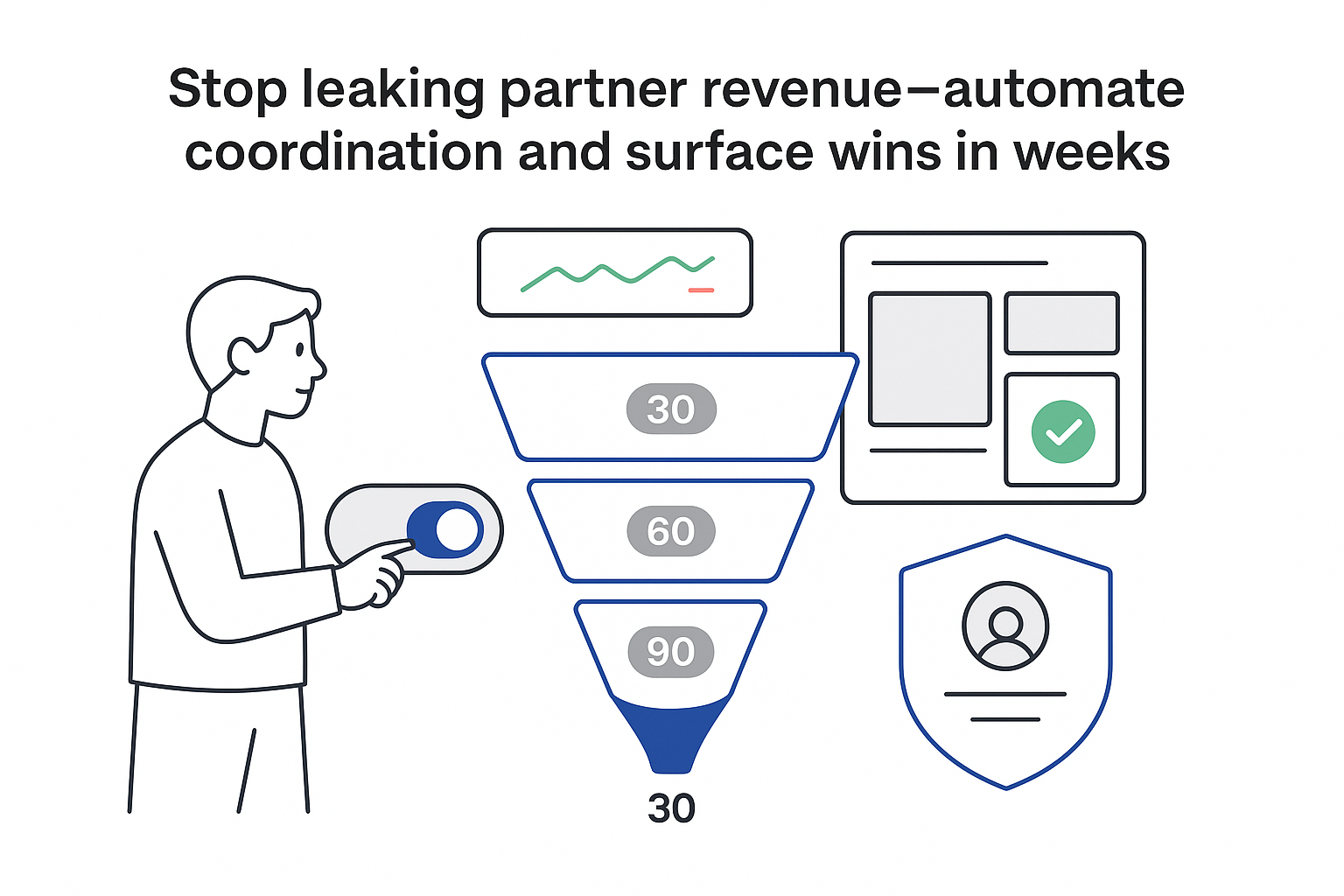

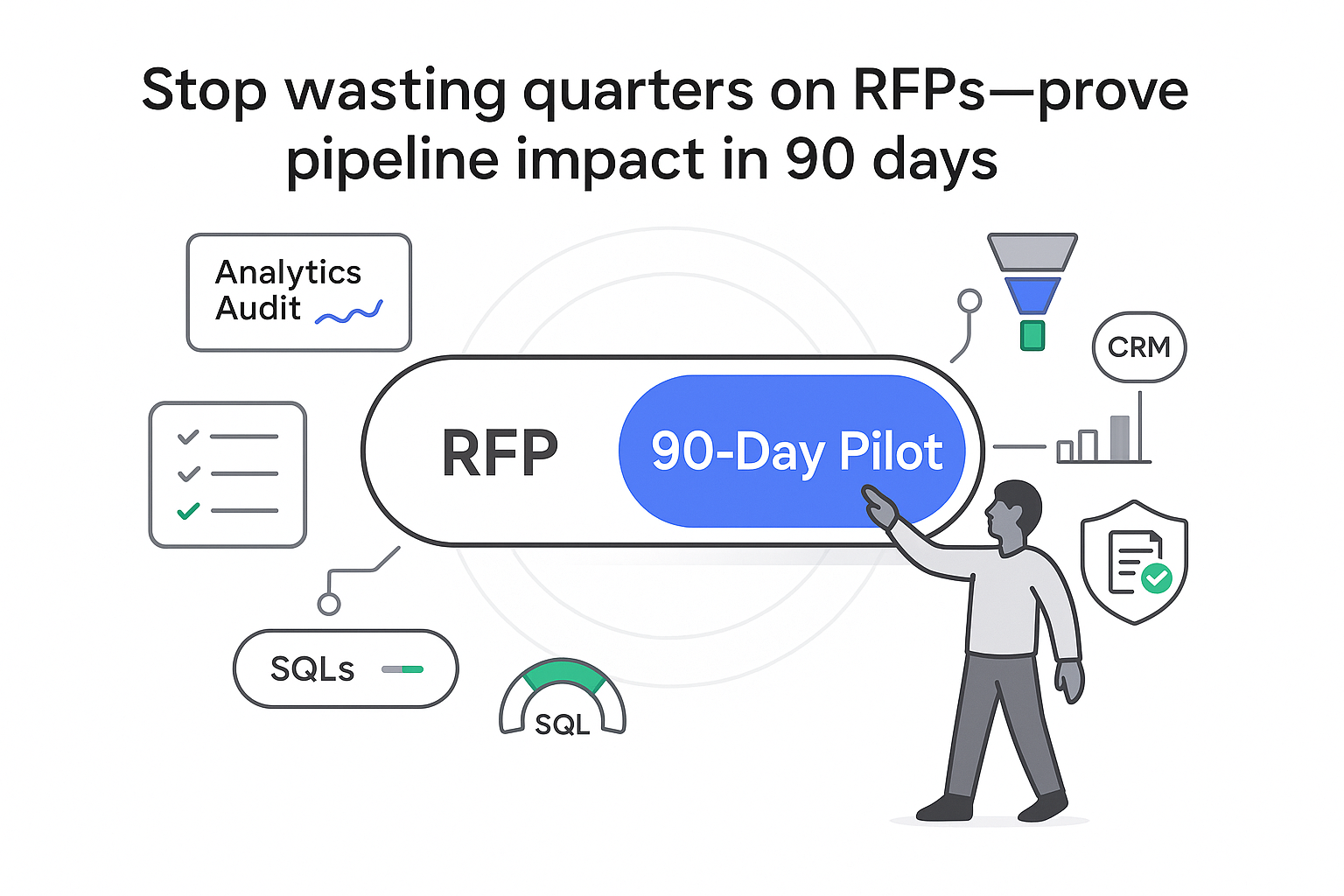
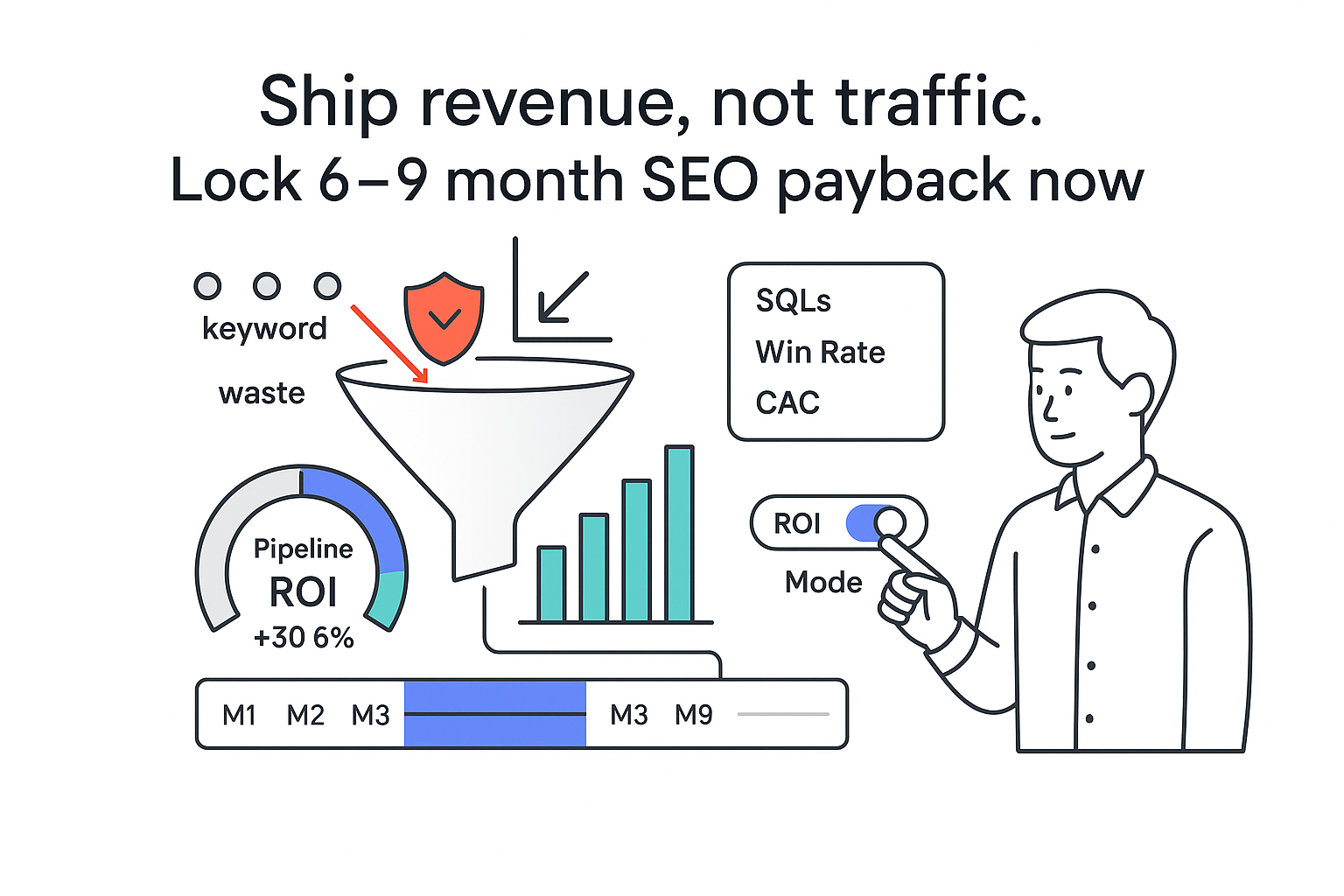
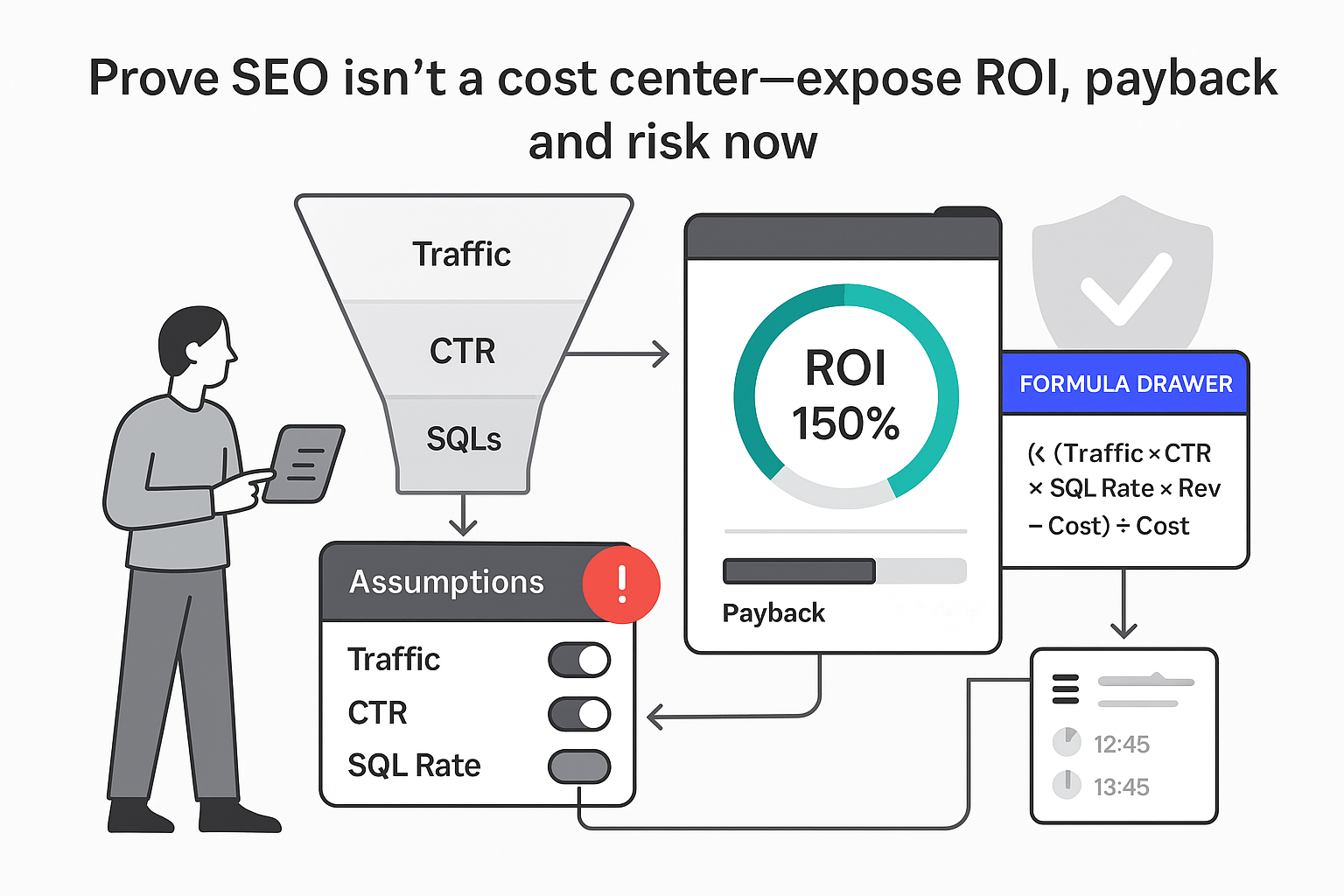
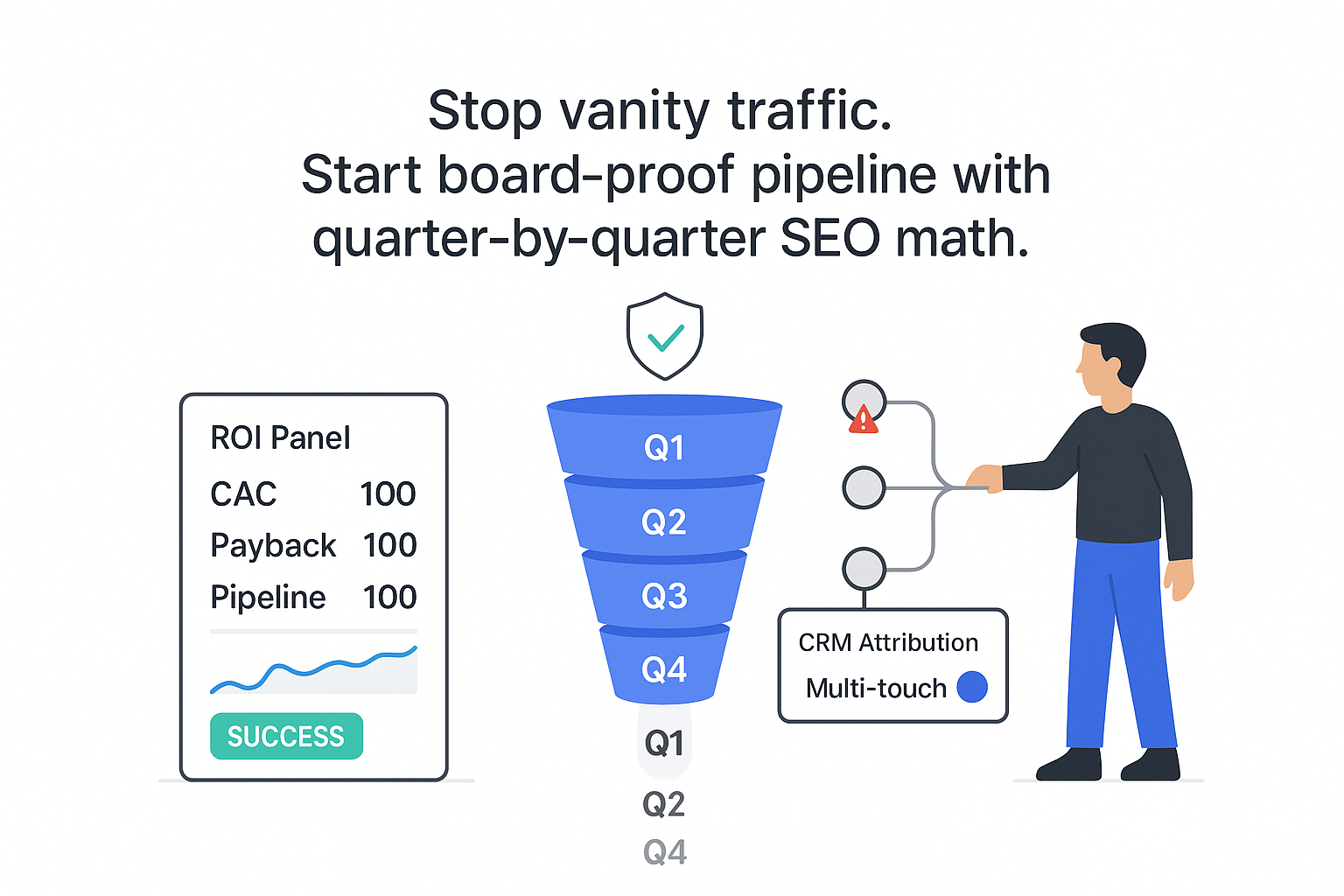
.svg)